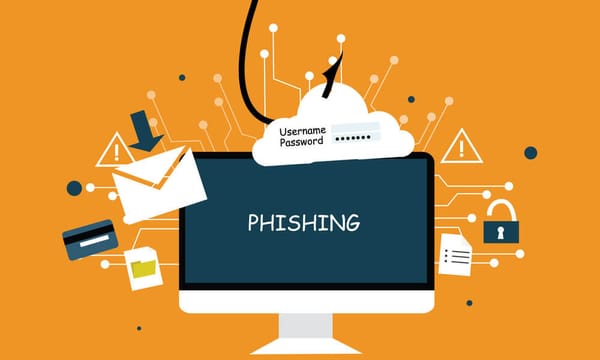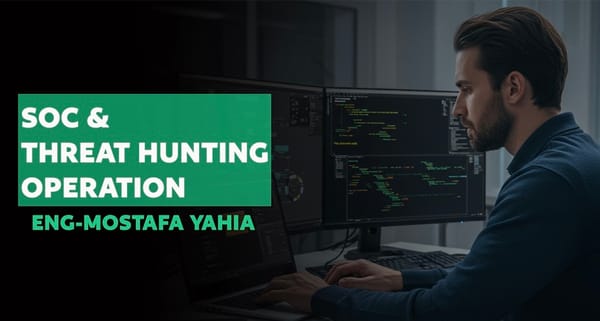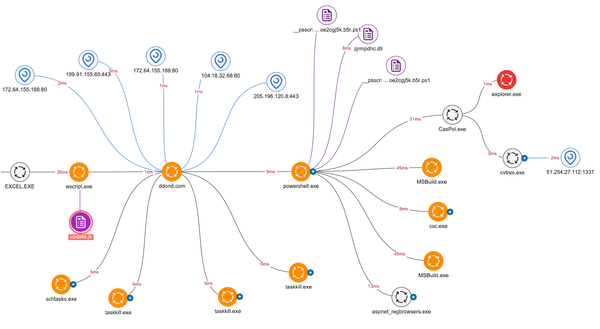The Ultimate Cyber Defense Playbook: From Threat Detection to System Hardening

In today's complex threat landscape, cybersecurity professionals must adopt a holistic approach to securing enterprise systems. From network firewalls and endpoint protection to application security and threat intelligence, the modern security stack is layered, adaptive, and constantly evolving. This guide walks you through the most critical areas of cybersecurity—linking together proven practices, technical insights, and expert-level resources to help you elevate your organization’s defenses.
Strengthening Your Foundation: Network and Identity Security
To start with a strong baseline, organizations must secure both their network perimeter and internal identity infrastructure.
Read how to secure FortiGate firewalls using best practices for segmentation, threat prevention, and logging.
Dive deeper into identity management by following our Active Directory security best practices, and don’t miss our step-by-step PingCastle audit guide for visualizing weaknesses in real-world AD environments.
Still exploring AD threats? Check out this educational guide on Domain Controller hacking to understand attacker techniques and privilege escalation risks.
Application Layer Defense: Web, Mobile, and Cloud
Applications are often the soft underbelly of your organization. Whether you manage a public website or a mobile banking app, securing your code and APIs is non-negotiable.
Begin with our comprehensive web application security guide, and complement it with the top 10 vulnerabilities in web apps.
For mobile-first businesses, this mobile app security post covers the most critical risks in Android and iOS environments.
If your stack includes online payments or fintech solutions, don't skip the security guide for mobile banking and wallets.
Cloud services also introduce new attack surfaces. Learn about advanced cloud security techniques and API exploitation risks.
Understanding Modern Attack Vectors
Attackers today are more persistent and stealthy than ever. From credential dumping to DLL sideloading, here’s what to watch out for.
Start with Pass-the-Hash attacks and follow up with LSASS memory dumping techniques.
Investigate stealthy persistence mechanisms like process hollowing and DLL sideloading.
Interested in C2 infrastructures? Learn about C2 evasion techniques used by advanced red teams.
For Red Team professionals, these enterprise compromise techniques provide deep insight into privilege escalation and lateral movement.
Detection and Incident Response: From SOCs to Simulations
Knowing how to detect and respond is just as critical as preventing attacks.
Understand the importance of a Security Operations Center, or build your own from scratch using our SOC design guide.
Dive into advanced threat hunting, or explore techniques for detecting ransomware in real time.
If your goal is proactive security validation, explore our guide on penetration testing of REST APIs or simulate phishing attacks.
Case Studies, Real Threats & Defensive Measures
Bring your learning full circle by exploring real-world threat scenarios.
From analyzing WordPress plugin vulnerabilities to understanding WordPress SEO poisoning, application layer threats are evolving fast.
Understand how to detect a data breach and how to protect your assets with data loss prevention.
Learn how to counter ransomware threats or mitigate targeted attacks like Business Email Compromise.
For the ultimate SEO deep dive, check out the Cybersecurity Resource Hub, which organizes all major articles by theme.
Final Thoughts
Cyber defense is a marathon, not a sprint. Whether you're deploying firewalls, hardening Active Directory, or hunting for advanced persistent threats, the key to resilience is layered security, continuous learning, and proactive strategy. Bookmark this guide and revisit the individual articles linked above to enhance your enterprise’s posture one layer at a time.




